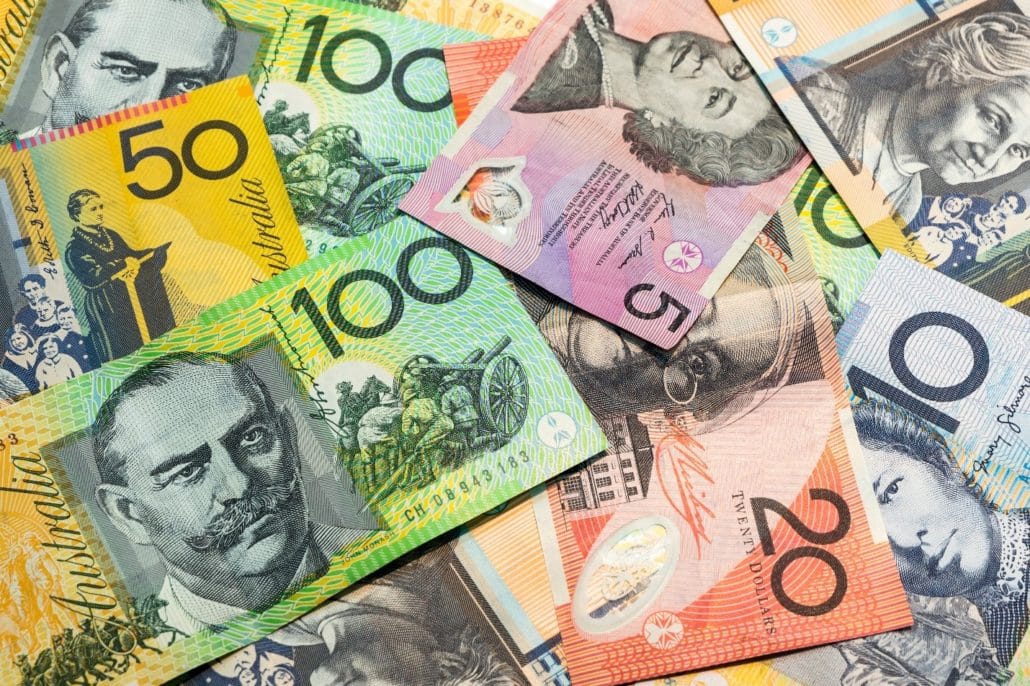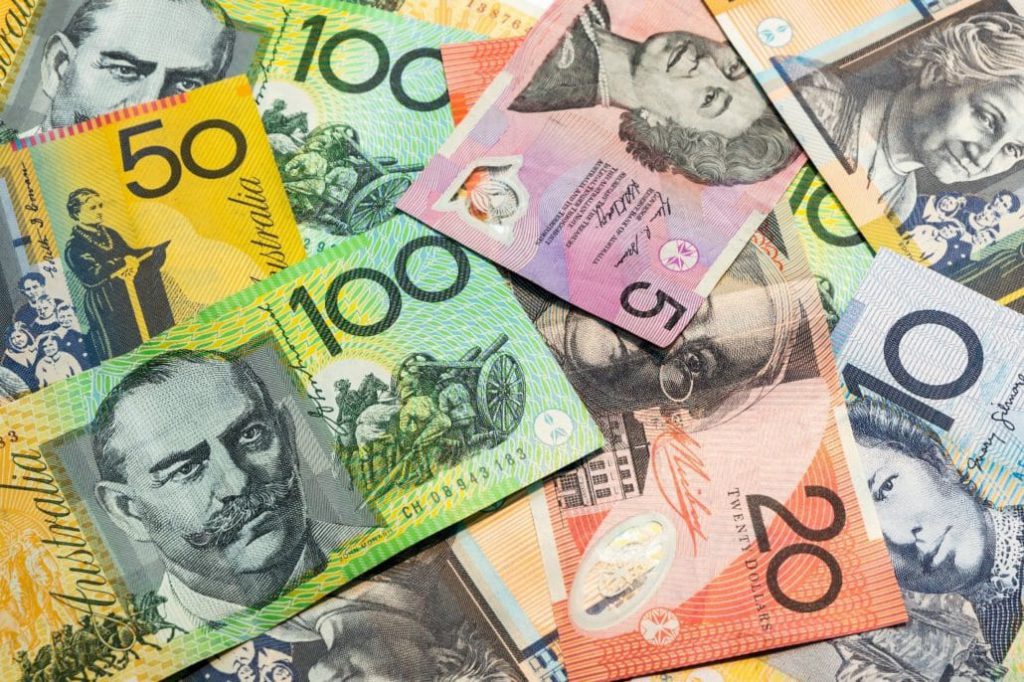
Aussie and Kiwi soared on Monday while U.S. dollar fell
Forex markets were subdued ahead of a holiday week. Stock and bond markets closed today in observance of Christmas and Boxing Day. However, the currency market will be open Monday to Friday as usual. The economic schedule is light, though, and most traders are taking the week off. Thus, the trading will be thin in the following days.
The Australian and New Zealand dollars gained the most on Monday. On the other hand, the Japanese Yen and Swiss franc declined. The U.S. dollar also traded in the red against the basket of six major currencies.
The greenback also plummeted in choppy trading on Friday. New data indicated that the U.S. economy is slightly slowing. Investors expect the Fed to announce smaller interest rate hikes. In addition, the personal consumption expenditures (PCE) price index rose 0.1% in November after surging by 0.4% in October.
Overall, the PCE index jumped by 5.5% in the 12 months through November. Excluding the volatile energy and food components, the index added 0.2% after rising by 0.3% in October. Meanwhile, the core PCE price index rallied by 4.7% on a year-on-year basis last month after adding 5.0% in October. This data is important for Fed as it indicates the health of the American economy.
Wall Street indexes also gained on Friday. Moreover, commodity currencies, including the Australian, Canadian, and New Zealand dollars, climbed up against the dollar. As the risk-on sentiment strengthened, traders sold safe-haven Treasuries. Consequently, yields edged up.
What do the analysts say?
Amo Sahota, the executive director at FX consulting firm Klarity FX in San Francisco, stated that stocks firmed on Friday. The inflation data also showed that it’s slowing, but not fast enough. Still, U.S. economic growth has not been hindered significantly so far. It’s growing steadily.
Analysts broadly expect the Federal Reserve to hike interest rates by just 25 basis points at its next policy meeting in January 2023.
On Friday, the euro added 0.2% against the greenback, exchanging hands at $1.0619. The common currency ended the week higher by 0.4%, celebrating its second consecutive week of gains. Moreover, according to U.S. Commodity Futures Trading Commission data, Euro net longs also soared to 142,272 contracts. This is the largest increase since January 2021.
On Friday, the Canadian, Australian, and New Zealand currencies rallied versus the U.S. dollar, as well. The Aussie jumped by 0.4% at US$0.6710. At the same time, the Kiwi skyrocketed by 0.7% to US$0.6288.
The Canadian dollar added 0.4%. The U.S. dollar plummeted to C$1.3590 on the day. New data showed on Friday that the Canadian economy grew by 0.1% in October versus September. Economists expect to see another 0.1% rise in GDP in November. This news supported the Canadian dollar.
On the other hand, the Japanese Yen ended the last week in the red. The U.S. dollar edged up by 0.4% to 132.82 yen. However, the greenback was also set to end last week lower versus the other major currencies by 2.8% after the Bank of Japan changed its key bond market policy.
In 2022, the greenback skyrocketed by almost 9%. The Fed’s aggressive interest rate hikes bolstered the currency. Despite that, the index has plunged by more than 8% since September. On Friday, the index traded little changed at 104.35 at last.
How are the EM currencies faring?
The Indian rupee climbed up slightly on Monday. However, its gains were capped as the U.S. dollar remained mostly the same. The rupee exchanged hands at 82.6500 per greenback at last, after hitting a high of 82.64 during the session. It ended the session at 82.8575 on Friday.
Asian currencies and stocks surged forward after U.S. data indicated domestic inflation was slowing. The data came out late on Friday. Stock markets hit high on this news, with Indian shares gaining more than 1%.
However, another report showed that U.S. personal income jumped by more than analysts expected. The dollar index remained flat after that, while benchmark Treasury yields soared.
Meantime, the Indian rupee has struggled to move out of its narrow trading range. Gaurang Somaiya, the FX and bullion analyst at Motilal Oswal Financial Services, noted that most days would be quite low on trading volumes this week due to holidays. Economists aren’t expecting any volatility. Thus, the currency won’t probably breach the 83 levels.


